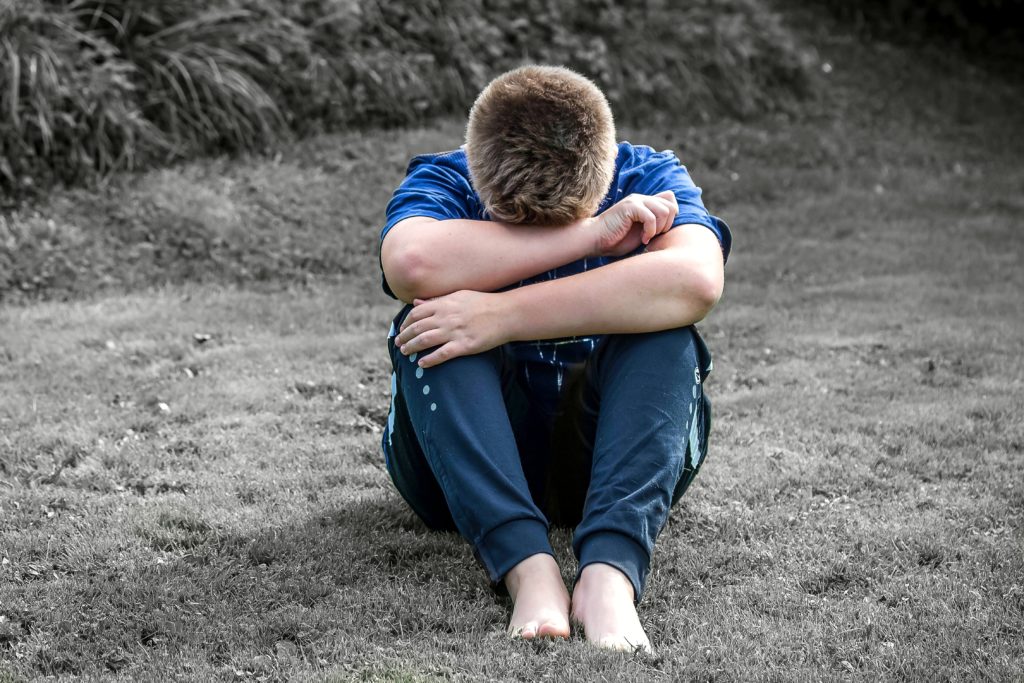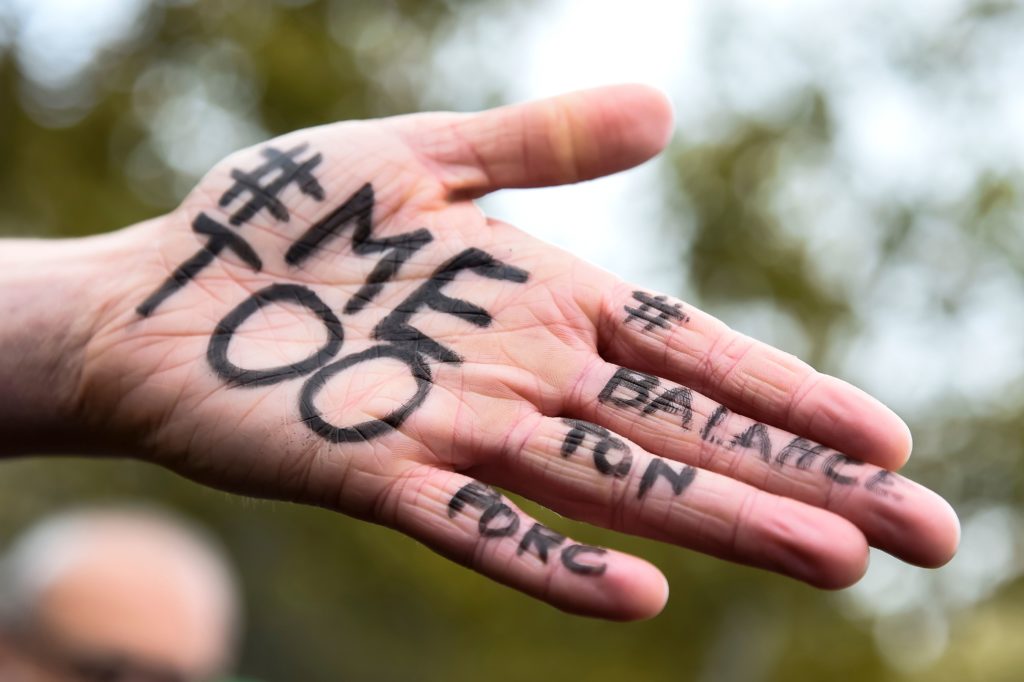
At least 1 in 6 boys are sexually abused before their 18th birthday. This number rises to 1 in 4 men across their lifespan.
The rates of sexual abuse and assault are even higher in boys and men from sexual minority populations.
Sexual violation in gay, bisexual, transgender and intersex individuals often complicates their sense of self, and how they fit, or don’t fit, into LGBTQ+ culture and communities. Such abuse may even impact their reaching out for help or reporting traumatic events as they fear stigmatisation or victim-blaming.
Men and women who have experienced sexual abuse and assault are at risk for a wide range of medical, behavioural and sexual disorders. They have high rates of several psychiatric disorders, including post-traumatic stress disorder, substance abuse and dependence, depression and anxiety, as well as greater risk for suicide. They also have more educational, occupational and interpersonal difficulties than non-abused men. Further, sexual trauma is linked to medical illnesses, increased health care utilisation and poor quality of life.
But, sexual minority males who have experienced sexual trauma face even greater health disparities. Gay and bisexual men with histories of childhood and adult sexual victimisation are more likely to report greater numbers of sexually transmitted infections, increased sexual risk for human immunodeficiency virus, and higher sexual compulsivity than men with no history of sexual assault. In addition, sexual minority male survivors exhibit more negative psychological outcomes related to their sexual identities, such as lower self-esteem, distorted sense of self and difficulties forming healthy adult intimate relationships.
The cumulative impact of sexual abuse, in conjunction with individuals’ sexual minority status, also can result in higher rates of sexual re-victimisation, as well as anti-gay violence and discrimination.
Discrimination galore.
Gay and bisexual men are also exposed to significant minority stress, a term used to describe the sociopolitical stressors placed on individuals as a result of their minority status. Sexual orientation disparities start relatively early in development. LGBTQ+ individuals are disproportionately exposed to day-to-day discrimination, peer and parental rejection, unsupportive or hostile work or social environments, and unequal access to opportunities afforded to heterosexuals, including marriage, adoption and employment nondiscrimination.
Chronic expectations of rejection, internalised homophobia, alienation and lack of integration with the community can understandably lead to problems with self-acceptance. As a result, a sexual minority male who has experienced sexual abuse may feel deficient, inferior or impaired. Further, they may view themselves as shameful, undesirable, undeserving, or incapable of forming a loving relationship.
Many sexual minority males who have experienced sexual abuse internalise harmful beliefs that make it harder for them to heal. These myths include the false belief that men cannot be forced to have sex against their will; that men who become sexually aroused or have an erection when assaulted must have wanted or enjoyed it; and that real men should welcome any opportunity to have sex.
These men often bottle up additional detrimental myths, such as men become gay or bisexual because they were sexually abused, and sexual minority men are obsessed with sex, and that they molest children at higher rates than straight men. Sexual minority males who have been abused are not born with these beliefs. They learn them from their families, religion, society and the media. But, the more men hold these beliefs to be true, the harder it is for them to move forward in their psychological recovery.
Getting the help to heal from sexual abuse.
These men typically do not seek formal mental health treatment. Or they take, on average, decades to do so. This is consistent with research on predictors of engagement in mental health services in the larger population, as well as in those recovering from trauma. In general, men seek mental health assistance at lower rates than women. Similarly, in survivors of a broad range of traumatic events with post-traumatic stress disorder, decreased mental health service use was related to being male.
Additionally, despite similar rates of military sexual trauma in men and women, men are less likely to seek and utilise professional help. Men are even less prone to seeking counselling when they have been most severely assaulted through penetration.
There are many hurdles to male sexual abuse survivors receiving needed mental health care. When encountering perceived authority figures, such as health care providers, these men sometimes experience harsh judgment and distrust. In addition, when initiating psychological services, they may have difficulty finding knowledgeable and experienced health care providers who understand the nuances specific to male sexual abuse and, consequently, won’t disclose their sexual trauma.
Nondisclosure of sexual abuse may also be due to a male’s own lack of understanding of what abuse is. This is in line with research that found that the majority of men who endorsed survey items or behaviours indicating sexual abuse did not actually label themselves as sexual abuse survivors. Not disclosing one’s sexual trauma history is associated with increased emotional distress, while self-disclosure and seeking mental health services are related to psychological well-being.
This article is republished from The Conversation under a Creative Commons license. Read the original article.
